Researchers from Yale University have identified a major obstacle to converting cells back to their youthful state — the speed of the cell cycle, or the time required for a cell to divide.
A fundamental axiom of biology used to be that cell fate is a one-way street — once a cell commits to becoming muscle, skin, or blood it always remains muscle, skin, or blood cell. That belief was upended in the past decade when a Japanese scientist introduced four simple factors into skin cells and returned them to an embryonic-like state, capable of becoming almost any cell type in the body.
Hopeful of revolutionary medical therapies using a patient’s own cells, scientists rushed to capitalize on the discovery by 2012 Nobel Laureate Shinya Yamanaka. However, the process has remained slow and inefficient, and scientists have had a difficult time discovering a genetic explanation of why this should be.
In the January 30 issue of the journal Cell, Yale School of Medicine researchers identified a major obstacle to converting cells back to their youthful state — the speed of the cell cycle, or the time required for a cell to divide.
When the cell cycle accelerates to a certain speed, the barriers that keep a cell’s fate on one path diminish. In such a state, cells are easily persuaded to change their identity and become pluripotent, or capable of becoming multiple cell types
“One analogy may be that when temperature increases to sufficient degrees, even a very hard piece of steel can be malleable so that you can give it a new shape easily,” said Shangqin Guo, assistant professor of cell biology at the Yale Stem Cell Center and lead author of the paper. “Once cells are cycling extremely fast, they do not seem to face the same barriers to becoming pluripotent.”
Guo’s team studied blood-forming cells, which when dividing undergo specific changes in their cell cycle to produce new blood cells. Blood-forming progenitor cells normally produce only new blood cells. However, the introduction of Yamanaka factors sometimes — but not always — help these blood-forming cells become other types of cells. The new report finds that after this treatment blood-forming cells tend to become pluripotent when the cell cycle is completed in eight hours or less, an unusual speed for adult cells. Cells that cycle more slowly remain blood cells.
“This discovery changes the way people think about how to change cell fate and reveals that a basic ‘house-keeping’ function of a cell, such as its cell cycle length, can actually have a major impact on switching the fate of a cell,” said Haifan Lin, director of the Yale Stem Cell Center.
The study has other implications than explaining the bottleneck in reprogramming that makes it difficult to produce individualized pluripotent stem cells for research and therapy. Shangqin Guo noted that many human diseases are associated with abnormalities in establishing proper cell identity as well as abnormalities in cell cycle behavior.
Other Yale-affiliated authors are Xiaoyuan Zi, Vincent Schulz, Jijun Cheng, Mei Zhong, Sebastian H.J. Koochaki, Cynthia M. Megyola, Xinghua Pan, Kartoosh Heydari, Sherman M. Weissman, Patrick G. Gallagher, Diane S. Krause, Rong Fan, and Jun Lu.
The research was funded by the National Institutes of Health and the Connecticut Stem Cell Research Program.
Reference: “Nonstochastic Reprogramming from a Privileged Somatic Cell State” by Shangqin Guo, Xiaoyuan Zi, Vincent P. Schulz, Jijun Cheng, Mei Zhong, Sebastian H.J. Koochaki, Cynthia M. Megyola, Xinghua Pan, Kartoosh Heydari, Sherman M. Weissman, Patrick G. Gallagher, Diane S. Krause, Rong Fan and Jun Lu, 30 January 2014, Cell.
DOI: 10.1016/j.cell.2014.01.020

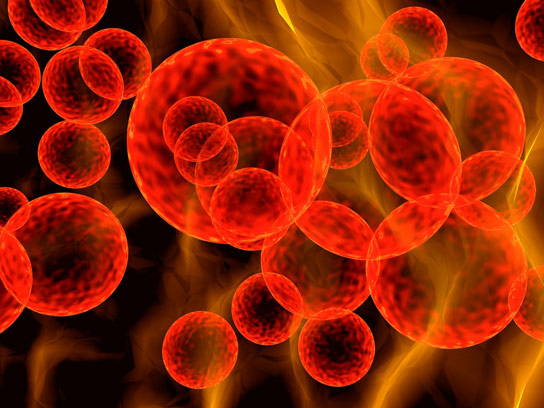
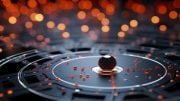
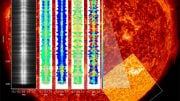
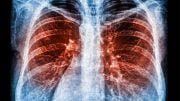


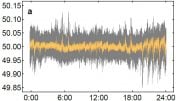


In embryonic stage a single cell which is omnipotent divides and divides and grows to become layers of pluripotent cells capable of forming organs. To convert the pluripotent to embryonic stage cells the requirement is to coalesce instead of diving many into one.The video shows that if the cycle of the cell is increased it tends to coalesce and the route is reversed to the youthful stage.Thus it is a good discovery to unravel the mystery of cell division and attempt to revert to youthfulness. Thank You.
…..LONG ago in his book ‘Cross Currents’, the late Dr. Robert Becker of Syracuse University told of how he determined that de-differentiation of ALL cellular types, was dependent upon an extremely weak direct-current system which signaled such a need due to injury/disease and, as Dr. Konstantin Meyl subsequently found, cells communicate and respond/react through changes to scalar waves/fields at every order of scale in the body – given that all electrical activity produces an accompanying magnetic field and these are surely at the root of a more complete understanding about cellular role assignment, while not surprised, I’m dismayed those aspects nevertheless go COMPLETELY unreferenced…..